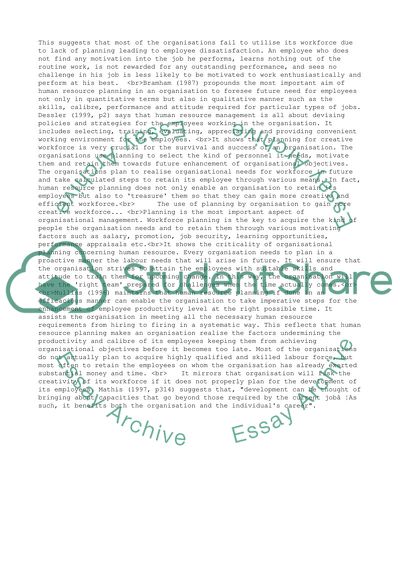Cite this document
(“Planning in Organisation for Creative Workforce Essay”, n.d.)
Planning in Organisation for Creative Workforce Essay. Retrieved from https://studentshare.org/business/1509717-planning-in-organisation-for-creative-workforce
Planning in Organisation for Creative Workforce Essay. Retrieved from https://studentshare.org/business/1509717-planning-in-organisation-for-creative-workforce
(Planning in Organisation for Creative Workforce Essay)
Planning in Organisation for Creative Workforce Essay. https://studentshare.org/business/1509717-planning-in-organisation-for-creative-workforce.
Planning in Organisation for Creative Workforce Essay. https://studentshare.org/business/1509717-planning-in-organisation-for-creative-workforce.
“Planning in Organisation for Creative Workforce Essay”, n.d. https://studentshare.org/business/1509717-planning-in-organisation-for-creative-workforce.


